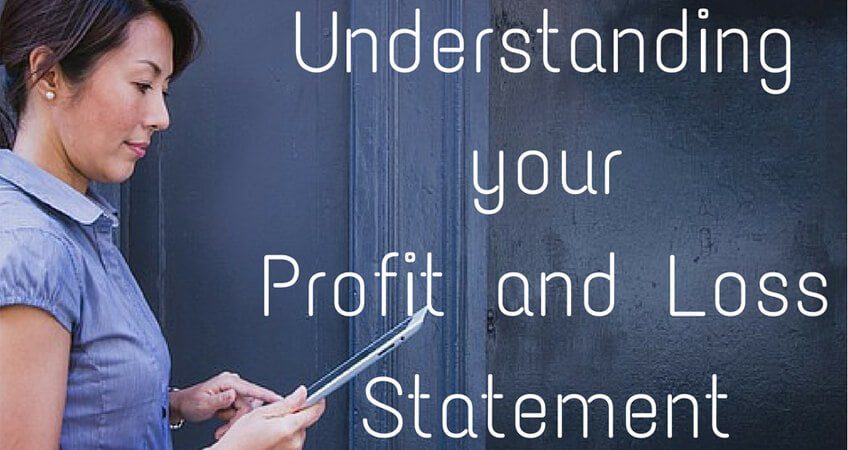
Profit and Loss 101: for your business

Naturally, when you work closely with your accountant, you have the peace of mind knowing that this is created accurately, however, as a business owner, it is also useful to know how to interpret this fundamental statement.
This blog is your P&L 101 training document. Our aim to provide an overview of what an income statement is and how that data can be utilized to make business decisions. Of course it is generalist in nature, but for more advice about your P&L, you only need to get in touch and we will go through it together.
What is a PROFIT AND LOSS (P&L) STATEMENT?
A P&L is most commonly generated monthly, quarterly, and annually, and it provides a working picture of a business’ revenue, expenses, and net income over those periods of time.
The report’s most important line is of course the ‘bottom line’. It provides an instant view on if the company has made a profit. This can then be compared with previous time periods to compare the increase or otherwise of the profit amount. This makes the report valuable to lenders, investors, and shareholders in addition to business owners.
The report holds a couple of lines that provide breakdowns for;
- revenue and gains and
- expenses and losses from primary (i.e., operating) activities and secondary (i.e., non-operating) activities.
The primary activities portion discloses information about revenues and expenses that are a direct result of regular business operations, like selling your standard goods or services.
You want to MAKE SMARTER BUSINESS DECISIONS

- Deciding whether to hire or downsize
- Determining which growth opportunities to focus on
- Uncovering which products or services are generating or losing you money
- Deciding where to cut operational costs
- Re-evaluating your pricing strategy
- Negotiating during a merger, acquisition, or sale of your business
What to do with YOUR P&L STATEMENT

“Gross margin is money left after subtracting the cost of the goods sold from the net sales and can be a dollar value (gross profit) or a percentage value.
Net sales are the total value of sales for a given period less any discounts given to customers and commissions paid to sales representatives.
Gross margin is not commonly used for service businesses as they usually don’t have cost of goods.” *
“Net margin is your profit before you pay any tax (tax is not included because tax rates and tax liabilities vary from business to business). Net margin is your gross margin less your business overhead expenses.” *
When looking at the P&L you can analyse the previous period and the previous year to identify how your business is tracking. This can help you to invest in what will grow your business and address any elements that need improvement. As a business owner the P&L is also required for tax preparation and loan applications, and your financial advisors will need it to make recommendations for your business.

For more information about accounting and bookkeeping for small and mid-sized businesses, be sure to contact experts at Tax Purpose.



